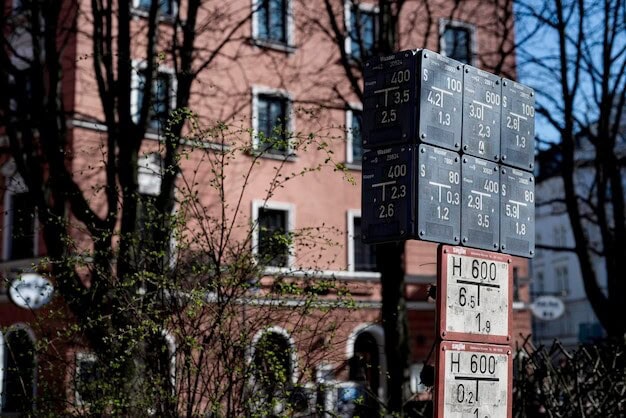
Estimated reading time: 4 minutes
Key Takeaways
- *Planning Inspectorate* rejection leaves Horsham without a governing development framework.
- Water-neutrality requirements and **legal compliance** issues proved decisive.
- Potential surge in speculative applications threatens coordinated growth.
- Horsham District Council vows to revise the plan amid community pressure.
Table of Contents
Background of the Plan
The Horsham District Local Plan was designed to steer development from 2023 – 2040, setting housing targets, guiding infrastructure, and aligning with regional policy. The framework aimed to deliver sustainable growth while safeguarding environmental assets. However, the plan’s journey was anything but smooth, culminating in an unanticipated dismissal by the Planning Inspectorate.
Why Was the Plan Rejected?
Inspectors highlighted three main faults:
- Legal non-compliance – insufficient cooperation with neighbouring councils.
- Water neutrality – mitigation outlined in the Sussex North Water Neutrality Strategy was deemed inadequate.
- Policy misalignment – failure to reflect changes in the National Planning Policy Framework.
“Without clear evidence of cooperation or a robust water strategy, the plan cannot be considered sound.” – Excerpt from the Inspector’s report
What Does This Mean for Horsham?
The void left by the plan throws future development into uncertainty. *Speculative planning applications* may rise, exploiting the absence of a strategic blueprint. Meanwhile, regional partners could see ripple effects as joint infrastructure schemes stall, and housing delivery targets drift further out of reach.
Council’s Next Move
Horsham District Council issued a statement calling the decision “hugely disappointing” and has:
- Filed formal complaints with both the Inspectorate and the Planning Minister.
- Commissioned an immediate review of water-neutrality measures.
- Pledged to “work night and day” to resubmit a compliant plan.
Officials face a stark choice: withdraw entirely and restart, or perform *targeted surgery* on the rejected sections—a process one councillor likened to “rewriting a novel after the printing press has stopped.”
Voices from the Community
Reactions are split:
- Developers argue delays will “*choke housing supply*” and inflate prices.
- Environmental groups welcome stricter water controls, saying “nature can’t be an afterthought.”
- Local residents express fatigue over planning turbulence, with one stating, “We need certainty, not endless drafts.”
Looking Ahead
The council plans to publish a revised timetable this autumn. Key hurdles include negotiating a regional water-neutrality framework and aligning with evolving national policy. Until a new plan is adopted, Horsham’s growth strategy remains *in limbo*, highlighting the fine balance between development ambitions and environmental responsibilities.
FAQs
Why was water neutrality such a decisive factor?
Horsham sits within a water-stressed catchment. The Inspectorate required clear evidence that new development would not increase abstraction, and the submitted strategy lacked measurable offsets.
Does rejection halt all building projects?
No. Existing approved applications proceed, but new large-scale proposals may face delays or rely on national policy rather than local guidance.
How long before a revised plan can be adopted?
Experts estimate 18 – 24 months, assuming swift public consultation and no further legal hurdles.
Will housing targets increase in the next draft?
Possibly. Government guidance now pushes higher numbers for high-demand areas, meaning Horsham may need to plan for additional homes.
Can the council appeal the Inspectorate’s decision?
Only on points of law via the High Court, a costly route rarely taken for local plans. The council is focusing on revision rather than litigation.

